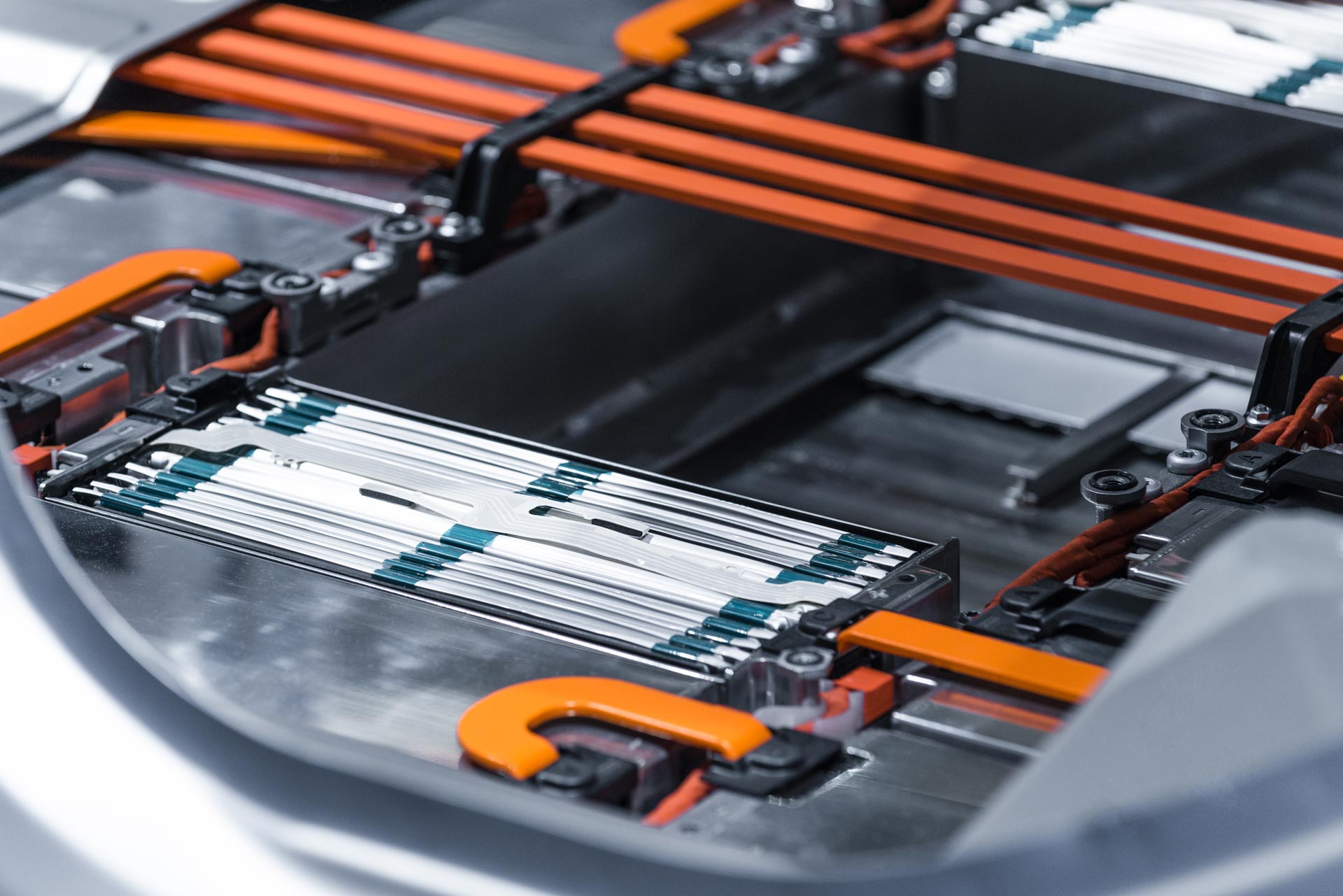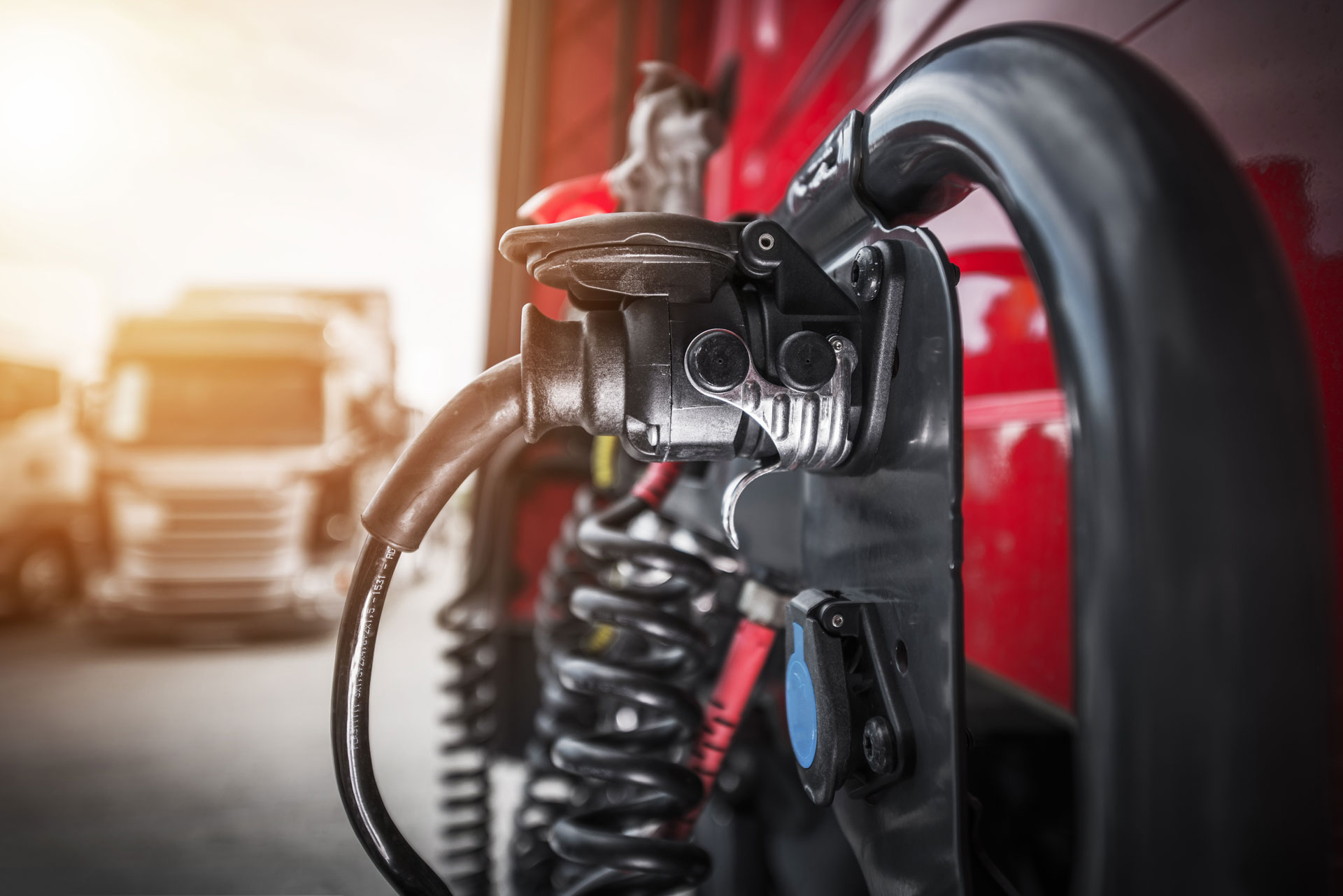This website uses cookies so that we can provide you with the best user experience possible. Cookie information is stored in your browser and performs functions such as recognising you when you return to our website and helping our team to understand which sections of the website you find most interesting and useful.
Demand for passenger battery-electric vehicles looks set to surge. But while many are assured of the future prosperity of this market, the immediate future of the specialist EV market is a little less clear.
The future of mobility is the electric powertrain. Bloomberg project that there will be 30 million fully electric EVs on our roads by 2030. But what proportion of these will be specialist vehicles? And what technologies will power the specialist vehicles of the future?
Eventually, all specialist vehicles will need to convert to battery-electric power. Whether that’s because of regulations or scarcity of fossil fuels remains to be seen. But before that can happen, there are three key issues in the form of mass, power consumption and life that need addressing.
Mass and light-weighting
Modern passenger vehicles are economical, easy to drive, nimble and extremely lightweight. It has taken the automotive industry decades to get to this point, all the while new driver convenience, in-car entertainment and safety features have been added. This means that passenger vehicles now weigh more than they did 50 years ago.
The history of specialist vehicles reads very similarly. New technical possibilities and the adoption of new driver convenience and safety systems have added mass to specialist vehicles. With the prospect of incorporating heavy battery cells into the vehicle, they’re set to become even bulkier.
The difference in energy density between battery-electric and fossil fuels is quite staggering. A battery cell can weigh up to 100x more than a tank filled with diesel yet fail to deliver the same range. Adding in more battery cells to counteract that shortfall adds to the weight.

Even as battery technologies improve, passenger vehicles are typically the first to receive the benefit of new technologies. That’s simply because the economies of scale and demand make the return on investment much larger and because passenger vehicle manufacturers have the most capital to splurge on these sorts of projects.
However, automotive electronics manufacturers like TE and Bosch have invested significantly in innovative electronics components to bring the latest and greatest automotive technologies to the specialist market.
With the added weight, functions and features, specialist vehicles need to remain agile and handle well, all while coping with the intensive operating conditions they’re tasked with handling. And to compete with ICE alternatives, they also need to consider payloads and other sorts of figures prospective buyers will use to assess the costs and benefits of owning an all-electric fleet.
Power
Specialist vehicles have extreme power demands. Refrigerated long-haul trucks, for example, use power-intensive air conditioning units to keep their cargo cool. Ambulances carry a variety of high power lifesaving and monitoring equipment to give people the help they need until they reach a hospital. Tractors lug heavy duty equipment behind them to get work done quickly and efficiently. That’s all on top of components delivering driver and safety features.
Our global demand for power is only increasing. This applies to specialist vehicles, too. Not only do newly converted battery-electric specialist vehicles offer a seamless switch to low emissions, but buyers expect them to offer more features and convenience features. Whether that’s through entirely new systems, a lower cost of ownership, or greater reliability, they also need to be a viable product in their own right.
As onboard technology becomes more sophisticated and new technologies, truly revolutionary designs will be the first to adopt them. In specialist applications, these could be the killer features that lead the way for the rest of the market – just imagine how the world’s first self-driving taxis will be received.

To optimize power further, specialist EVs should utilise the correct charging infrastructure. There is a range of charging options available, and various corresponding charging connectors. Chargers vary in power output, with some providing much faster charge times than others.
Designers should choose connectors that provide quick enough charge times to meet the desired turnaround time of a specialist vehicle. A delivery van might, for example, complete less than 60-70 miles a day, returning to a depot each evening; a long-haul truck, however, will need to perform at optimum capacity for much longer distances. Longer distance vehicles will require higher charge rates, so should be compatible with fast charging infrastructure that utilises CHAdeMO or CSS charging connectors.
Life and durability
While weight and power supply are key concerns, another is durability. Specialist vehicles should be robust and resilient enough to withstand the demands of their specific industry.
Emergency response units and military vehicles, for example, will need to be reliable even on rough terrain; fire tenders should function in extreme temperatures; waste haulage trucks and sweepers will need to be dust and water resistant, and vehicles such as tippers will need to be tough to corrosive fluids.
Internal EV materials then, such as connectors, headers, and terminals, should be designed rugged. Commercial EV designers might consider environmentally-sealed connectors such as those in the TE DEUTSCH series which are developed for a broad range of specialist vehicles. The connectors guarantee features such as underwater connectivity, industrial fluid resistance and exhibit no mechanical or electrical defects after 100 cycles of engagement and disengagement.
The series includes connectors designed for the truck, bus and off-highway industry – such as the HD30 series – which are constructed from a metal shell to meet the needs of the heavy-duty and transportation industry. The connectors operate at temperatures -55C to +125C and exhibit no mechanical or physical damage after sinusoidal vibration levels of 20 G’s.
In summary, specialist EV designers should consider materials that are durable and resilient as well as light. This means choosing components that are developed using light-weight metals and modern materials such as thermoplastics – helping ensure commercial electric vehicles operate reliably while retaining optimum capacity.

